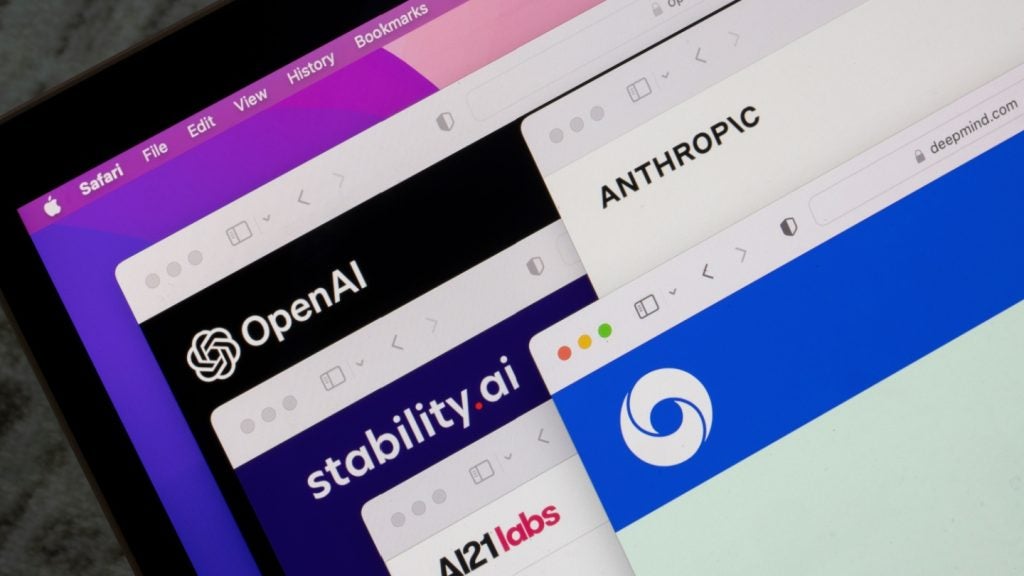
The world of software has undergone a drastic transformation in recent years. From organisations building their own software on-site to the focus on software as a service seen today, these changes have given rise to a multitude of business applications.
With an ever-increasing focus on digital transformation within organisations, there is a captive audience of businesses willing to use them.
According to a study by Okta, larger companies, those with 2000 or more employees, deploy an average of 129 applications within their business, with this number increasing by 68% over the past four years. With this in mind, it is fair to say that the world of business applications is a crowded marketplace.
This has been brought about largely due to a shift in focus towards software as a service, or SaaS, which refers to the practice of using the software built by another company on a subscription basis rather than building your own. According to a study by BetterCloud, 73% of organisations surveyed believe that nearly all of their apps will be SaaS by 2020. With the freedom to shop for the right software to suit an organisation, where once companies would stick with one vendor, they now have the freedom to mix and match.
This has given rise to the term best-of-breed, in which companies can now construct an “IT stack” comprising of many different vendors, matching the product to a specific tasks, departments or ways of working.
Whereas some companies may aim to be a “one stop shop”, other software vendors of today must be increasingly willing to collaborate with others to best meet customer needs and stay relevant in a “best-of-breed” world.
How well do you really know your competitors?
Access the most comprehensive Company Profiles on the market, powered by GlobalData. Save hours of research. Gain competitive edge.

Thank you!
Your download email will arrive shortly
Not ready to buy yet? Download a free sample
We are confident about the unique quality of our Company Profiles. However, we want you to make the most beneficial decision for your business, so we offer a free sample that you can download by submitting the below form
By GlobalDataAt BoxWorks, the annual conference of cloud content management company Box, Verdict heard from some of the companies embracing this spirit of collaboration.
A best-of-breed ecosystem
According to a survey conducted by Harmon.ie, 43% believe that they have to switch between too many apps to get their work done, with 67% believing it would be easier to focus on work if information from all of their apps appeared in a single window. It is clear that spending precious time switching between applications that do not function well together is unpopular with workers and harmful to productivity.
Therefore, integrating products with software produced by other vendors is becoming necessary to ensure users do not go elsewhere. Enabling users to use a particular service from within another vendor’s application, with products functioning as part of an interconnected ecosystem, is at the heart of best-of-breed.
Jeetu Patel, chief product officer at cloud content management company Box, explains that understanding that a user may need to use products within a variety of settings is key:
“We have this concept of integrating with everyone. And part of the constant integrating with everyone is making sure that you can surface the most relevant integrations at the right time for the right users…when you’re viewing a document, what are the things that you might want to do with it? I might want to go ahead and post it to a Slack channel, I might want to go ahead and send it out for approval on DocuSign, I might want to make sure that I tied to an opportunity record in Salesforce, I might want to go ahead and make sure that I’m initiating a call with someone. Wherever those might be.”
However, Patel explains that this has not always been the case, with the shift towards best-of-breed triggered in part due to the growth of the cloud:
“I think there’s a big shift that’s occurred in the market as people have moved to cloud architecture and smartphone architectures. And the big shift was people used to buy everything from a single vendor. You’d buy everything from a single vendor because everything integrated really well together. And that’s what you would do. You make a bed with one vendor, and then you go to die by that relationship that you have. In the cloud world that’s actually going to be meaningfully different, where you’ve got this best-of-breed ecosystem with providers that comprise your IT stack.”
Customers that are less “brand-loyal” may appear to be a negative for the companies behind applications. However, it has instead given rise to a new way of working. Instead of working in isolation, SaaS vendors must be willing to ensure that their products fit seamlessly with others an organisation may have within its IT stack.
According to Ilan Frank, Head of Enterprise Product at instant messaging platform Slack, the common goal of best serving and retaining customers means that companies are increasingly willing to collaborate:
“As tech companies are becoming more tech-forward and tech-focused, they also focus more on the tools their employees have. Now there are these thousands of applications in an organisation, if our goal is to serve the end user, to serve the employee and make them more productive, it behooves us to connect to all those. Our focus always is on productivity of employees…you have to enable employees to connect to the systems that they’re using. And not create some false boundaries based on go-to-market needs or practices or history of your company.”
“Trying to do everything for everyone”
Rather than developing their own applications for a particular business function from scratch, companies instead work with other vendors, purchasing software to integrate into their own platforms in order to create the best overall package.
Patel believes that this is in part about learning from the expertise of others rather than trying to develop features outside of your own area of expertise. Similar to SaaS, the reasoning is that if another company can, or is, already building a product, there is little reason to use resources building your own:
“If there’s a capability that we’re going to build in our product that someone else probably has a better vantage point of building, that we should not be the ones building the capability, we should make sure that we partner with that company, and they should build it. Because we shouldn’t just build capabilities so people continue to stay in our app, we should build the capabilities so the collective value to the user is higher… And if you don’t do that, the customer is going to churn and churn is actually far more expensive than not having a customer in the first place to begin with.
He believes that once companies stop aiming to “do everything for everyone”, a strategy known as “knowledge management”, the results are improved:
“It’s remarkable how the software industry took like 75 years, it seems like it’s a whole lot easier way to run software rather than trying to do everything for everyone, and then build shitty products and then wonder why people don’t like to use them.”
At the heart of best-of-breed is a need to respond to the changing demands and expectations of today’s users. With workers increasingly working across multiple channels every day, a frictionless experience when using applications is key. Therefore, if apps do not function well together, both companies risk missing out.
“Work where you are”
Jonathan Rende, Senior Vice President of Product at PagerDuty, a company that produces SaaS incident response platforms, believes that by meeting customers in the applications they want to work in is essential:
“Take the concept of work where you are…We’re taking a very similar approach in the product engineering teams to figure out when time is so precious, first discussion of context switching, I don’t want to be forced to move from one product to another product to another product, especially when I’m under time pressure. So I should be able to do everything in the context that I care about. If I’m in Slack, I should work with everything within Slack, if I’m in Zoom I should work with everything within Zoom. So we take that approach that you don’t know where your users are going to be. And so because of that we are operating together.”
Although complementing rather than competing may sound too altruistic to be true, Patel explains that best-of-breed is driven by a desire to make customer’s lives easier, but is also essential to their bottom line:
“SAS changed the risk-bearing profile to some degree. The risk went from the buyer to the seller. If you don’t use the product you don’t re-new…sales is not the final event. Selling is the first step of making sure that the potential adoption that actually needs to be measured. The single metric that we all really obsessed about is what is the adoption…that’s becomes a proxy for value.
“Because the attributes doesn’t have to just be your product, you have to get the attributes with the job getting done…we want to make sure that people should be able to use that content from any application that they choose to use it from…people might want to go off work and Slack and Zoom and other companies and they should be able to do it and that actually creates a very different mindset in how you build innovations.”
Read More: Software engineers earn significantly more than average as demand soars.







